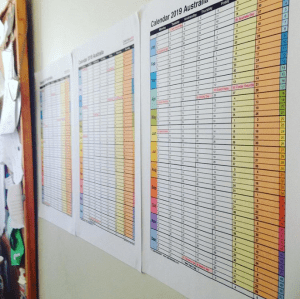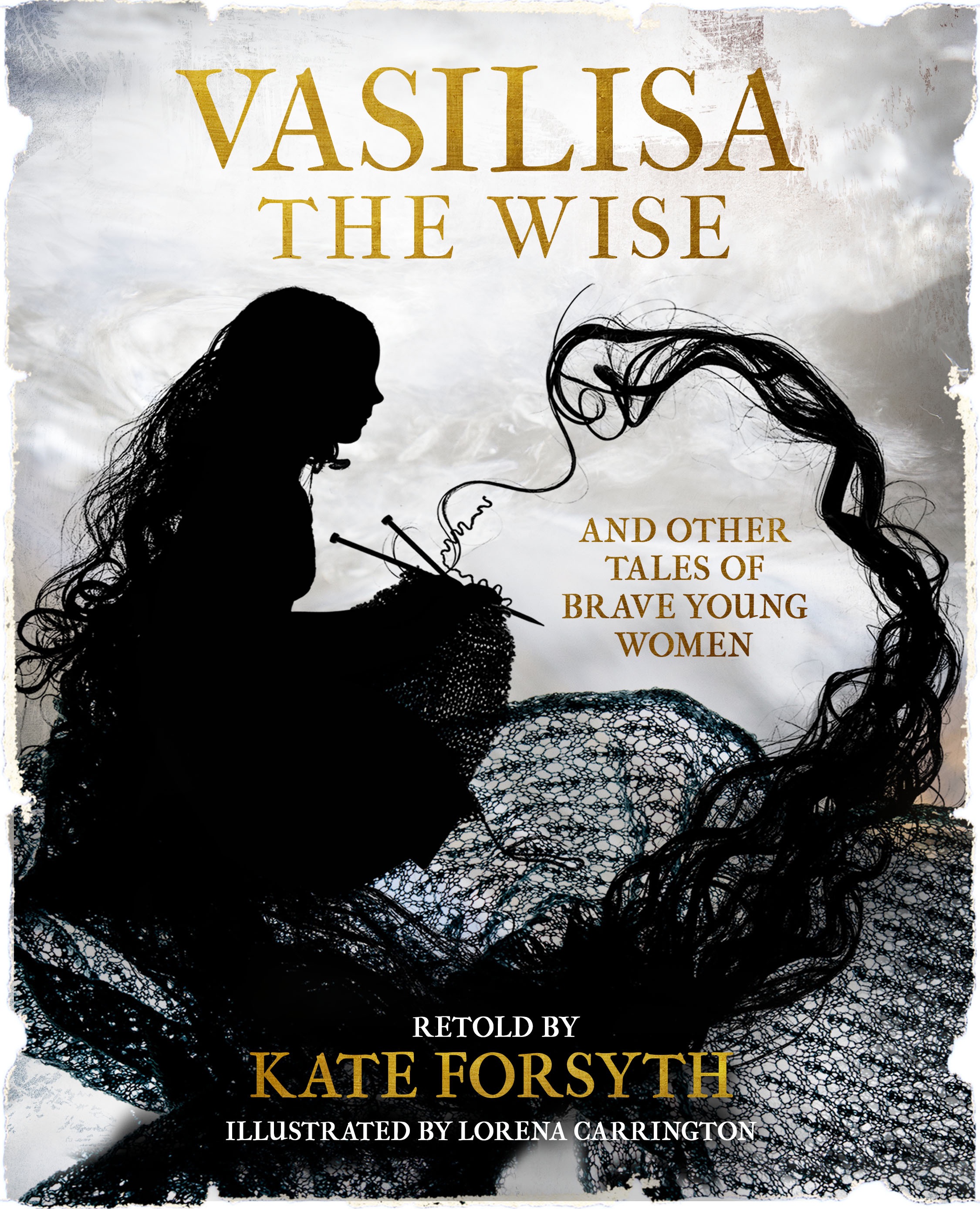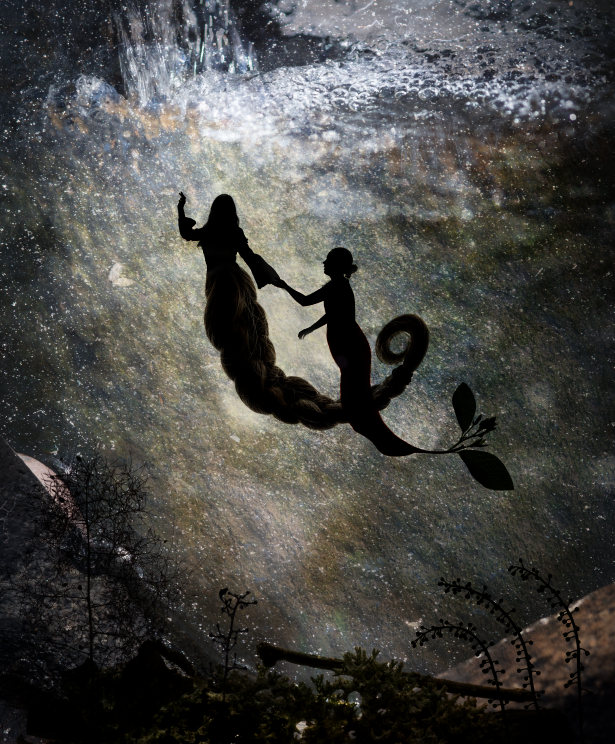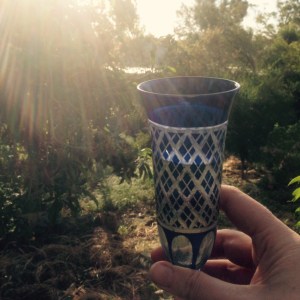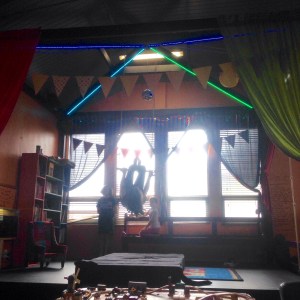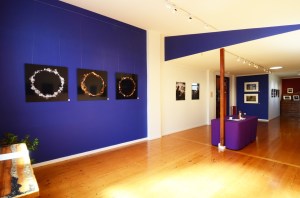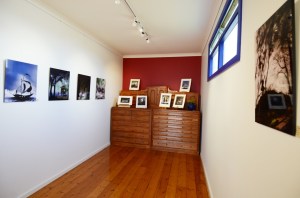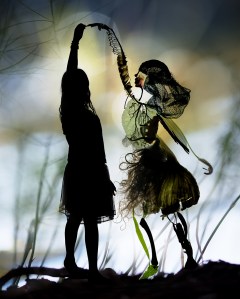As a teenager, on the first day of every summer holidays, I would hang up my school bag, flop onto my bed, and pick up The Hobbit. I would then proceed to read through the entire Lord of the Rings series. Every year, without fail, my scorching summer days were overlaid by the rich green hills and jagged mountains of Tolkien’s landscapes. I’m certain this (along with Winnie the Pooh, The Secret Garden, The Chronicles of Narnia, and many fairy tales) gave me my intense yearning for the English and European countryside. It feels childlike. Not juvenile, but like the pure and fierce longing of a child for an out of reach desire. So you can imagine my thrill when a review copy of The Worlds of J. R. R. Tolkien thumped onto my doorstep.
Tolkien’s own discovery of the West Midlands landscape after spending his first three years in the piercing heat of South Africa left him with ‘a very vivid child’s view’ (p.11), a love for the landscape akin to my own yearning for it.
Reaching far beyond England, it meant the ‘North-Western air’ of Europe as a whole struck him ‘both as “home” and “something discovered”’.
Page 12
While he grew up in the soft light of Europe, the early formative years in a such harsh landscape left him with a sense of wonder about the place he knew so well, and it is this wonder that forms the groundwork for all of his books.
John Garth has kept the same spirit alive in The Worlds of J. R. R. Tolkien: The Places that Inspired Middle Earth. From the quiet streets of Tolkien’s childhood village Sarehole to the war-ravaged fields of the Somme, we recognise the paths that Bilbo walked and the battle fields where Merry and Pippin and so many others were plunged so cruelly into the horrors of war. We see the Mt Doom in a smoke crowned volcano, and the Glittering Caves of Aglarond in the somewhat less glamorously named Cheddar Gorge.

In country towns, mining towns, churches, towers and libraries, we see the idyllic life of Hobbiton against the industrial churning of Isengard; we find Elven citadels, Dwarven halls, a looming Mordor, and the languages that Tolkien wove around them all.
Of course some places can’t be pinned down, and many are probably amalgamations of scenes pieced together to suit the story, but Garth does a wonderful job of following the many fine and tangled threads between place and invention. As Tolkien himself said,
If a story says ‘he climbed a hill and saw a river in the valley below,’… every hearer of the words will have his own picture, and it will be made out of all the hills and rivers and dales he has ever seen, but especially out of The Hill, The River, The Valley which were for him the first embodiment of the word. (p.18)
Garth’s inclusion of maps, both real and Tolkien’s own imagined topographies, sent me scurrying for Google Earth, for the illusionary thrill of flying down into Elvin and Hobbit-ish terrain. Maps are a vital frontispiece to any fantasy novel worth their salt, and of course we have Tolkien to thank for that. It was fascinating to see the parallels between the topography of England and that of his constructed worlds.
I was pleased to see so much art in the pages as well. Garth has chosen a fine mix of Tolkien’s own work, art that inspired him, and also illustrations and art that followed him. The reproductions of art and photographs were all excellent, and the whole book is beautifully designed and produced.

I went into this book looking forward to an inspiring literary jaunt through the green hills of England, and in it I found the many rich weavings of influence on Tolkien’s work. Not only the places that inspired him, but the mythology and art, the people and architecture, and also his horror of war and the encroachment of industrialisation. It’s a magical book, one that is both intricately researched and filled with gems of wonder.
You can purchase your own copy of The Worlds of J. R. R. Tolkien here.
Many thanks to Princeton University Press for the review copy.
Additional points: One small detail I enjoyed was the use of the Alice Font in the headings and highlight text. The font was inspired by Lewis Carrol’s Alice in Wonderland, and this small nod to another of England’s great fantasists delighted me possibly more than it was intended to.
The Worlds of J. R. R. Tolkien: The Places That Inspired Middle-earth
A lavishly illustrated look at the locales familiar to J. R. R. Tolkien, the creator of Middle-earth
Hardcover
Price:$29.95 / £25.00
ISBN:9780691196947
Published:06/09/2020
Copyright:2020
Pages:208
Size:8.27 x 10.24 in.
Illus:100 color illus.




